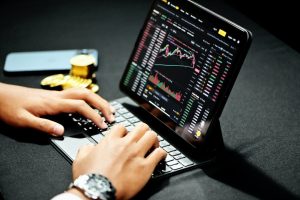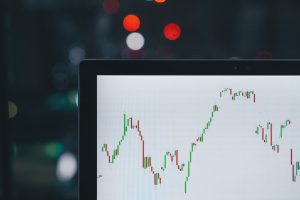Forex and futures are two popular financial instruments that traders use to speculate on the future direction of various markets. Both markets offer traders the opportunity to profit from the price movements of underlying assets, but they differ in terms of trading style, liquidity, and risk management strategies. In this article, we will explain how to use forex and futures and what factors to consider before trading these markets.
Forex Trading
Forex trading, also known as foreign exchange trading, involves buying and selling currencies in the global currency market. This market is the largest and most liquid financial market in the world, with trading volumes exceeding $6 trillion per day. Forex traders aim to profit from the fluctuations in exchange rates between different currencies, such as the US dollar, euro, Japanese yen, and British pound.
To trade forex, you need to open a trading account with a forex broker and deposit funds into your account. You can then trade currencies using a trading platform provided by your broker, which allows you to execute buy and sell orders, set stop loss and take profit levels, and monitor your trading positions.
One of the main advantages of forex trading is its high liquidity, which means that you can easily enter and exit trades without affecting market prices. This makes it easier to execute trades at favorable prices and minimize trading costs. Moreover, forex trading offers high leverage, which allows you to control larger positions with a smaller amount of capital. However, leverage can also amplify your losses, so you need to manage your risk carefully and use appropriate risk management strategies such as stop loss orders and position sizing.
To trade forex successfully, you need to have a sound understanding of fundamental and technical analysis, which are the two main methods used to analyze market trends and make trading decisions. Fundamental analysis involves analyzing economic and political factors that affect currency prices, such as interest rates, inflation, government policies, and geopolitical events. Technical analysis, on the other hand, uses charts and technical indicators to identify patterns and trends in price movements and predict future price movements.
Futures Trading
Futures trading involves buying and selling contracts that obligate you to buy or sell a particular asset at a specific price and date in the future. Futures contracts are traded on organized exchanges, such as the Chicago Mercantile Exchange (CME), and cover a wide range of assets, including commodities, currencies, stocks, and indexes.
To trade futures, you need to open a trading account with a futures broker and deposit margin funds into your account. Margin is a percentage of the contract value that you need to deposit as collateral for your trading positions. The margin requirement varies depending on the contract and the broker, but typically ranges from 2% to 10% of the contract value.
Futures trading offers several advantages over other financial instruments, such as high liquidity, transparency, and standardized contracts. Moreover, futures trading allows you to hedge your portfolio against adverse price movements, which can reduce your overall risk exposure. However, futures trading also involves higher transaction costs, such as commissions and exchange fees, and requires a deeper understanding of market fundamentals and technical analysis.
To trade futures successfully, you need to have a sound trading strategy and a thorough understanding of the market you are trading. You also need to manage your risk carefully and use appropriate risk management strategies, such as stop loss orders and position sizing. Moreover, you need to stay up-to-date with market news and events that can affect the prices of the contracts you are trading.
Conclusion
Forex and futures trading offer traders the opportunity to profit from the price movements of various markets. Both markets require a sound understanding of market fundamentals and technical analysis, as well as appropriate risk management strategies. Forex trading offers high liquidity and leverage, while futures trading offers transparency and the ability to hedge against adverse price movements. Before trading either market, you need to consider your trading goals, risk tolerance, and available capital, and choose a reputable broker that meets your needs.





